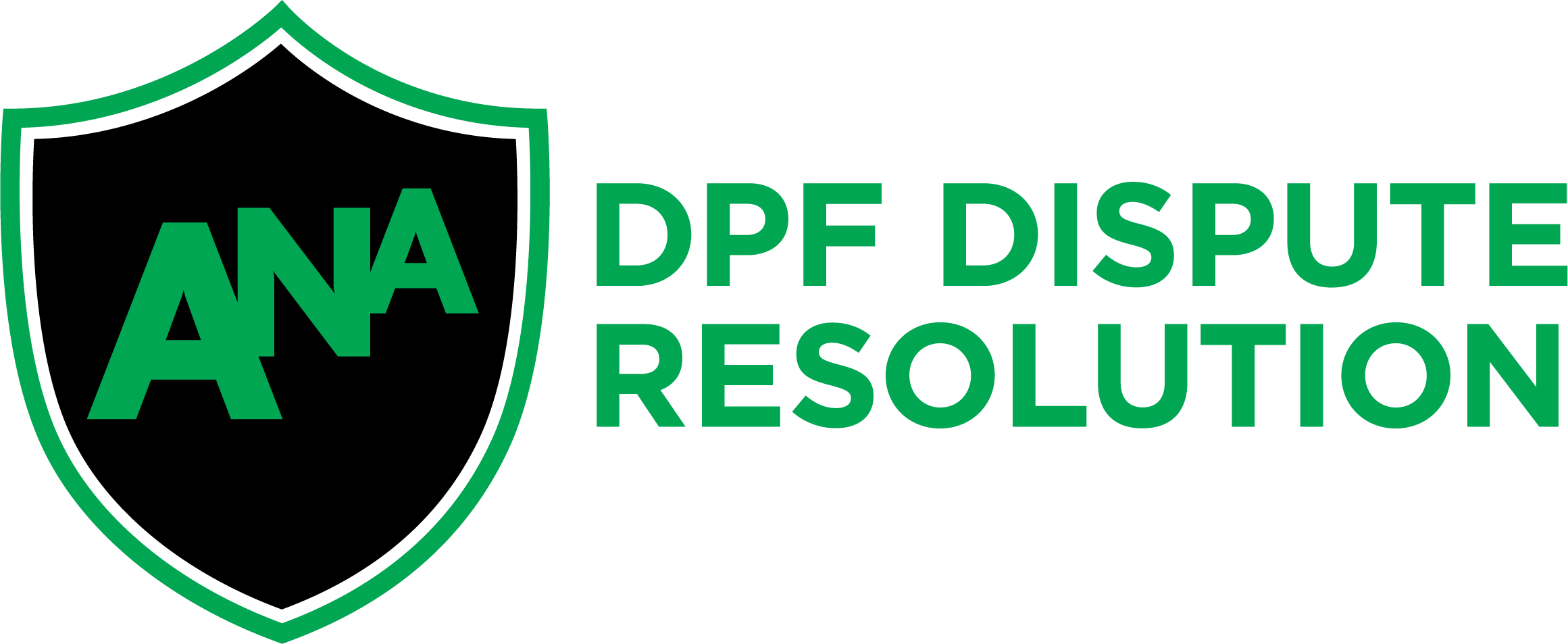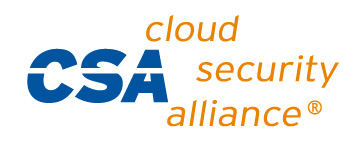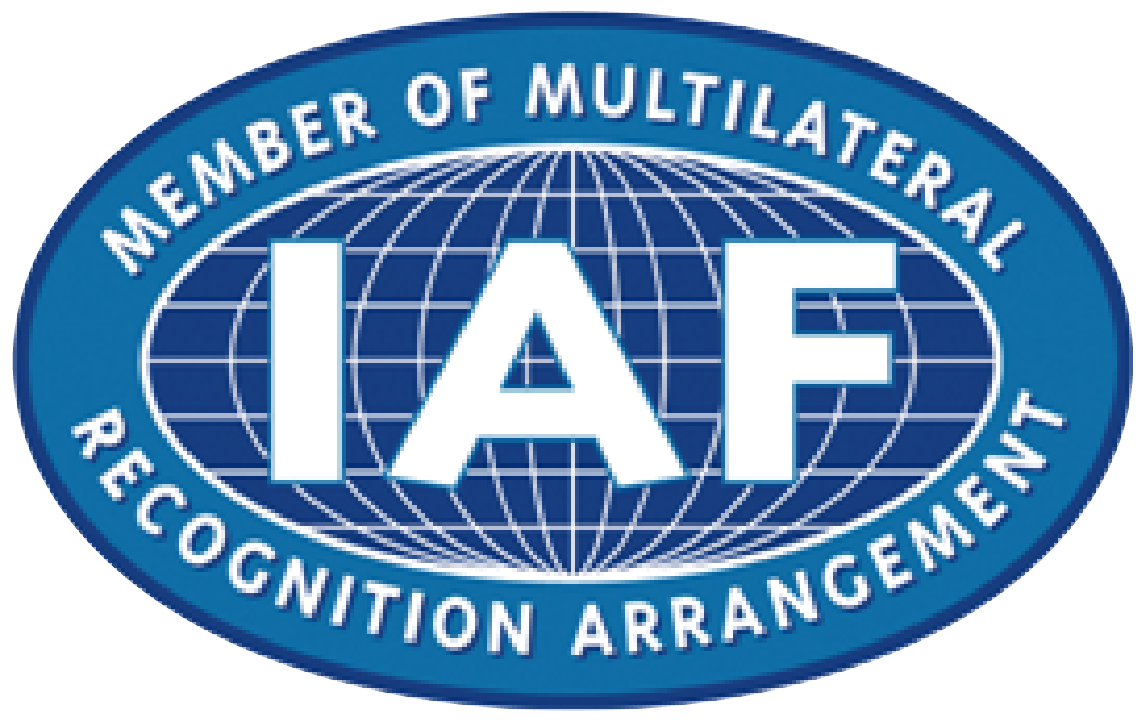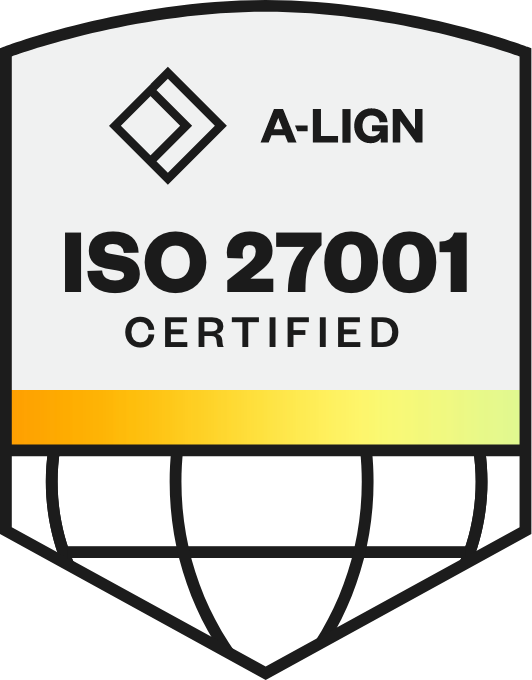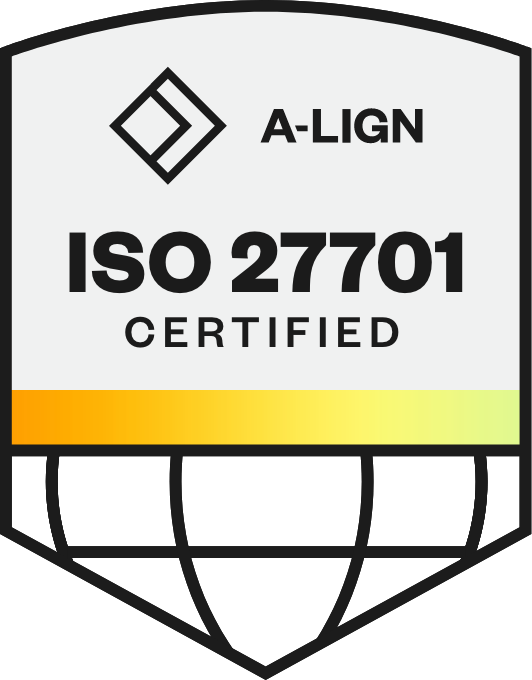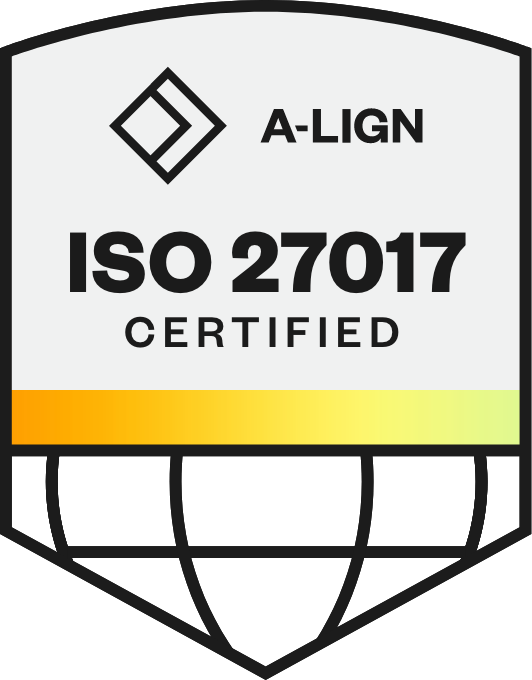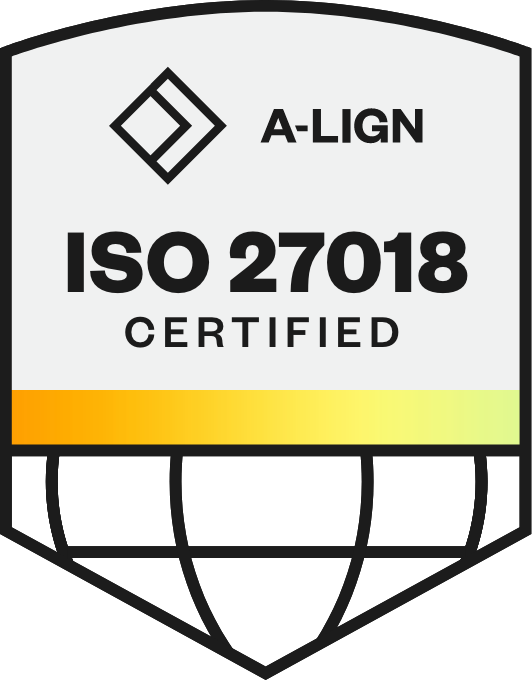
Reimagining Screening: How Voice AI is Redefining the Candidate Experience
Connecting with hard-to-reach candidates while managing massive application volumes requires innovative approaches that streamline processes and personalize the recruiting experience. For many HR teams, the reality is stark: thousands of applications but limited resources to screen them effectively, leading to missed opportunities with quality candidates. Strong employer branding is key to engaging talent who expect fast results, but delivering on that promise requires technology that works as hard as your recruiting team.
A leading manufacturing company recently transformed their recruitment process by implementing conversational voice agents to bridge critical screening gaps. Their team sat down with us to share how they implemented an innovative screening solution that achieved 80% candidate response rates within 1.5 hours and reduced manual workload across their European operations.
The Scale of Their Recruitment
The company operates as a leading European provider of professionally monitored security systems with 24/7 response services, protecting millions of families and small businesses across Europe and Latin America. They employ approximately 33,000 workers, including 27,000 full-time employees and 6,000 contingent workers, resulting in substantial recruitment demands. "We're a high-volume recruiting company due to our main recruiting force being our frontline sales security experts. Per year, we receive around one million applications, and our hires are around 20,000 per year," their Global HRIS Recruiting and Workday Core Lead explained.
This scale required recruitment processes that could handle massive candidate volumes while maintaining engagement and quality across diverse geographic markets.
When Traditional Screening Methods Fall Short
Managing High-Volume Recruitment
The primary recruitment challenge centered on their sales force. The unique characteristics of sales candidates created engagement difficulties that traditional recruitment methods couldn't effectively address. "The main challenge is that we recruit 75% of our salesforce every year, and this group has unique expectations and behaviors compared to other candidates,” she noted. To better accommodate these candidates' preferences for streamlined processes, they simplified their application requirements to collect only essential information.
Candidate Accessibility and Response Rates
Despite streamlined applications, reaching candidates proved challenging across multiple markets. Phone-based screening created bottlenecks that prevented recruiters from connecting with interested applicants during optimal timeframes. "We also faced challenges with candidate engagement, because not all candidates are reachable by phone or during working hours. We have a high unresponsive rate for phone calls,” she observed.
Manual Screening Workload
The simplified application process, while improving candidate experience, created a significant manual workload for recruitment teams." In our France market, we're receiving around 30 to 40,000 applications just for sales, and we have 20 recruiters calling candidates”. In high-volume markets, this approach became unsustainable despite adding substantial recruiting resources.
Related: Improve Candidate Screening: Detailed Guide to Screen Smarter & Faster
Tailored Solutions for Unique Market Challenges
Their global HR systems team recognized that different markets required tailored solutions based on their specific recruitment volumes and local processes. "One of the main challenges that we face as a system team that operates globally is recognizing that each local recruiting team comes with a set of unique challenges. Part of our mission on a day-to-day basis is to ensure that we come to the table with customized solutions to these distinct challenges," the HRIST analyst explained. Their implementation strategy focused on understanding individual market needs before deploying technology solutions.
Screening Questionnaire Implementation
For markets with moderate recruitment volumes, the company introduced text-based screening questionnaires as an alternative to phone screening. This solution specifically targeted candidates who couldn't be reached through traditional phone calls. "For recruiting teams that usually have lower recruiting targets and lower volumes, we are in the process of introducing the screening questionnaire as a way to help recruiters reach all the candidates who do not typically pick up their phone — essentially all the candidates who would have ended their recruiting journey at the voicemail stage," their Global HRIS Analyst detailed.
Conversational Voice Agent Screening Technology
Phenom developed conversational voice agent screening technology to address high-volume recruitment challenges that existing solutions couldn't handle effectively. This innovation emerged from recognizing limitations in traditional video-based screening approaches. "For years, our focus from the screening side at Phenom has been one-way video interviews to help our customers identify the right fit and screen through a high volume of candidates. While effective for certain roles, they don't work universally," explained Markus Hertlein, Senior Product Manager at Phenom.
The conversational voice agent provided candidates with flexible engagement options while maintaining conversational screening quality. "As a candidate, I receive an invitation email and directly see that the agent will call me. I have a scheduled call with the agent who will proactively reach out to me," Hertlein described.
Related: Talent Experience Engine and X+ Agents: Meet the Next-Gen AI & HR Tech Innovations
The Phenom X+ Screening voice agent feature exists within Phenom Talent CRM, making it easy to expand screening types, onboard, and get started. "We're embedding the voice agents in the existing screening solution within Phenom to make it very easy to onboard and get started with this. You can select the candidates that you want to invite individually, in bulk, or automatically invite all candidates," Hertlein explained. The integration provided comprehensive control over candidate responses and automated decision-making. "Once a candidate completes this screening call, all responses flow back into the Talent CRM, and you get a lot of control over how to handle the responses, review them, and make your decision. You can put in knockout questions and automatically reject candidates that don't meet the minimum criteria," he explained.

Results That Transform Your Recruiting Efficiency
The TA team’s screening transformation delivered measurable improvements across multiple recruitment metrics. The text-based questionnaire implementation showed immediate candidate preference for simplified engagement methods. “About a year ago, we introduced the video assessment tool, and at the time, the completion rate for candidates was about 40%. With the text-based questionnaire, the completion rates were double that, which indicates a very favorable experience for candidates with the product," their Global HRIS Analyst observed.
Key improvements included:
Doubled completion rates: Text-based questionnaires achieved 80% completion rates compared to 40% for video assessments
Rapid response times: 80% of candidates completed voice agent screening within 1.5 hours of first contact
Automatic qualification: 25% of completed candidates were automatically disqualified, eliminating the manual screening workload
Enhanced conversion: Candidates who previously ended recruitment at the voicemail stage progressed to group interviews
Improved recruiter efficiency: Significant time savings in candidate screening processes


Results varied by solution and market, with text-based screening showing strong performance in the Netherlands market, while voice agent screening delivered even higher completion rates in the UK pilot.
Your Path Forward: Scaling Success Across Markets
The company’s implementation revealed the importance of continuous optimization and strategic expansion. The team focused on analyzing screening use cases to identify opportunities for broader market adoption while adapting to local recruitment processes and cultural preferences.
"As the next steps, we're going to keep analyzing the results for both screening use cases — the text-based screening questionnaire and also the voice agent — to understand the return on investment and to see use cases to show to other markets that we haven't implemented these products," their HRIS Lead outlined.
If these challenges sound familiar, you're facing the same high-volume recruiting reality that countless HR professionals navigate daily. The good news? You don't have to choose between candidate experience and recruiting efficiency.
Phenom X+ Screening offers the flexible solutions you need to reach more candidates, reduce manual workload, and improve completion rates—all while maintaining the personal touch your candidates expect. As this team advised, "Get personal with your customers and understand their unique challenges. Phenom X+ Screening is quite flexible, and the solution can be utilized in different ways. Design your workflow based on different business processes to connect the dots between products and make the whole flow work."
_________________________________________________________________________
Your candidates are waiting. Ready to transform your screening process?
Book a demo today to see Phenom X+ Screening in action!
Devi is a content marketing writer who is passionate about crafting content that informs and engages. Outside of work, you'll find her watching films or listening to NFAK.
Get the latest talent experience insights delivered to your inbox.
Sign up to the Phenom email list for weekly updates!



